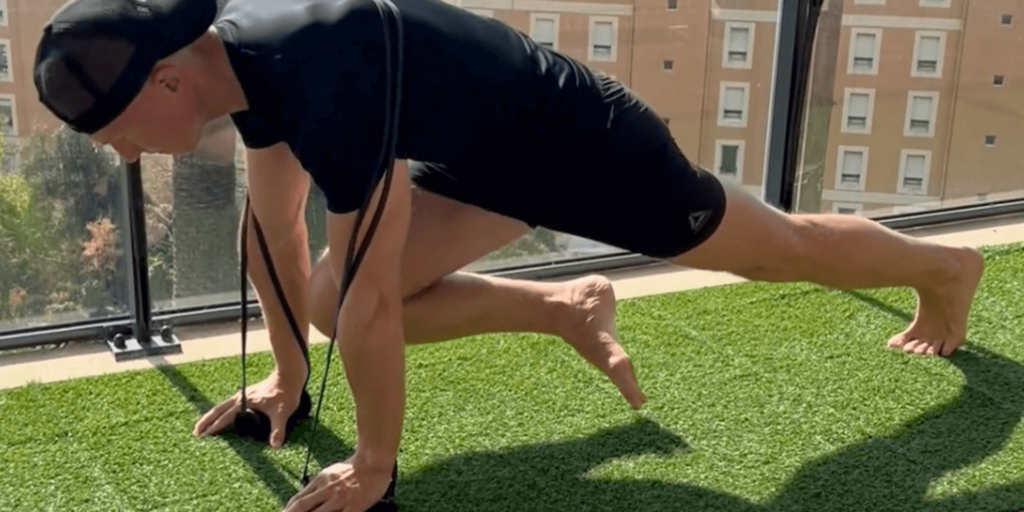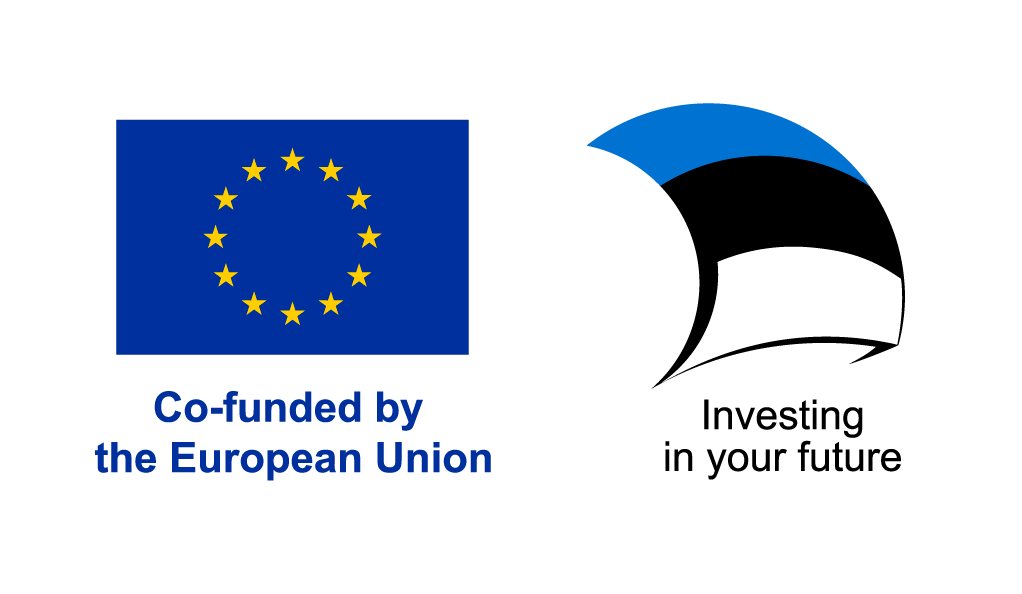
Burn fat and build muscle mass at the same time?
Can we simultaneously burn fat, build muscle, and accelerate our journey towards our best shape?
This phenomenon is called body recomposition, and it’s a well-known fact that it can occur in overweight or previously non-sporting individuals. However, for some reason, there is a deeply ingrained belief that once you are already in decent shape, you have to choose between building muscle or losing fat. It seems like you can’t have both.
This belief likely stems from competitive athletes and bodybuilders, for whom achieving such a balance can be incredibly challenging. However, what about us regular folks who simply want a strong, versatile and aesthetic physique?
Luckily, a rapidly growing collection of scientific studies indicates that body recomposition can also be enjoyed by individuals who are already in good shape, although perhaps not to the same extent. It should be noted that comparing research on this topic is challenging due to the numerous variables and differing terminology. However, fortunately, a team of researchers, led by Barakat, have provided a comprehensive summary of the results:
- Strength training should be fairly frequent (minimum of 3 times a week). That’s quite logical, isn’t it? If we want to build muscle, strength training is essential.
- Training should be progressive – you need to gradually increase the resistance over time to provide the muscles with the stimulus to grow. Again, this makes perfect sense.
- Now things get even more exciting. Incorporate high-intensity interval training as a hybrid athlete element into your workouts. Some studies suggest that running can support body recomposition without negatively impacting strength training results. You may also try combining sprints with strength exercises, like deadlifts or squats.
- Nutrition – it remains a great mystery. Essentially, the only consensus seems to be that consuming quality protein should be at least 2.5g/kg. One study showed that increasing it to 3.5g/kg further amplified the effect of body recomposition, but only in 70% of the participants. For the rest, the effect was, well, rather negative. Therefore, there is significant individual variability in this aspect. Nevertheless, it’s worth a try.
What makes it particularly fascinating is that studies demonstrate body recomposition in both caloric surplus and deficit. This means you can eat less than you expend and achieve the desired results. Alternatively, you can eat more than you expend and still build muscle while burning fat. The reason for this is not yet understood. However, it appears that the surplus calories should mainly come from quality sources, such as whey protein. In this way, even with a surplus of up to 500kcal per day, body recomposition can be induced.
- Supportive factors – sleep, hormonal balance, and nutrition. While studies specifically examining the interaction between sleep and body recomposition in athletes are somewhat lacking, it is widely known that sleep deprivation negatively affects the body’s ability and hormonal balance, resulting in increased stress hormones and decreased anabolic hormones. Experienced practitioners should consume protein immediately after training, which is not as critical for beginners.
It is clear that body recomposition requires dedication
Often, it is not possible to go to the gym 3, 4, or 5 times a week, and the time required is also significant. This may lead to decreased workout consistency – the main factor of getting the desired results.
Having the Robus GymBars ultraportable personal gym at hand, you’ll be able to do all your strength and conditioning workouts anytime, anywhere and stay firmly on the path of achieving body recomposition.
⭐ Pro tip: Robus GymBars Aluminium Full Set – The aluminium construction makes it a truly exclusive choice.




